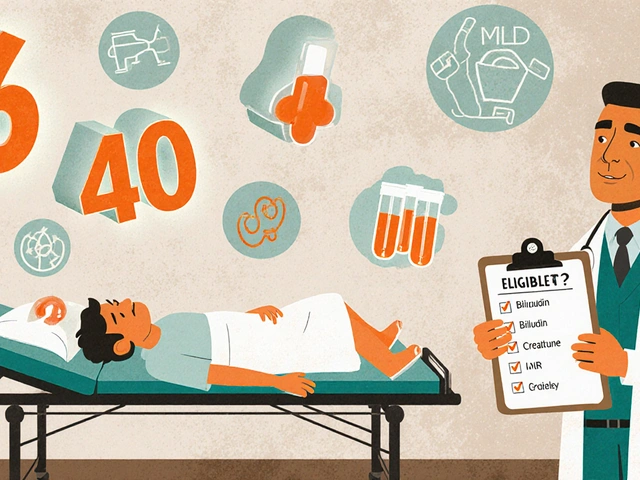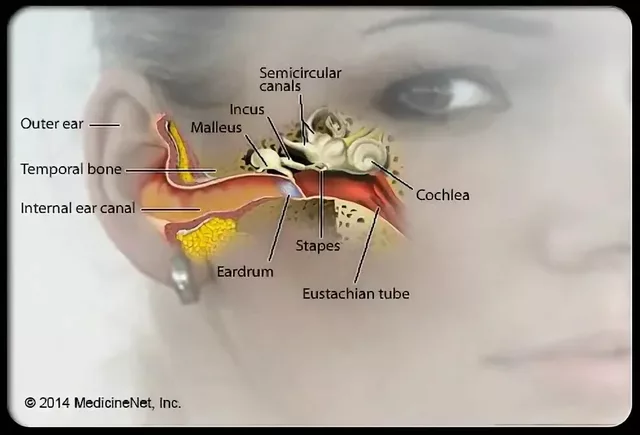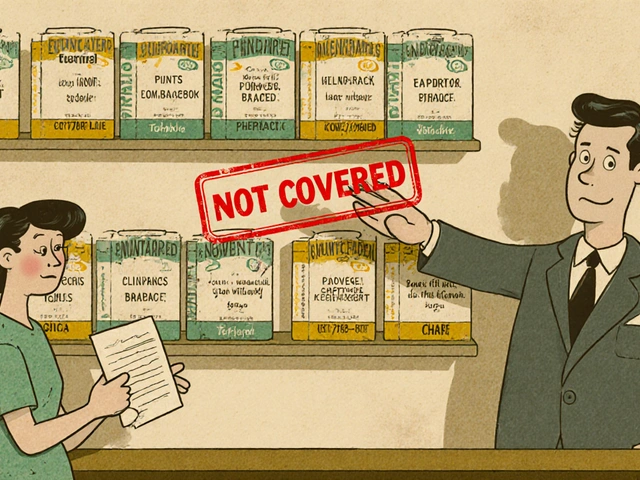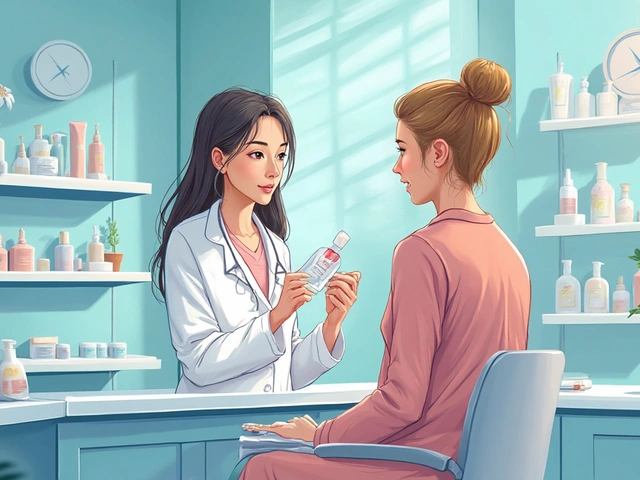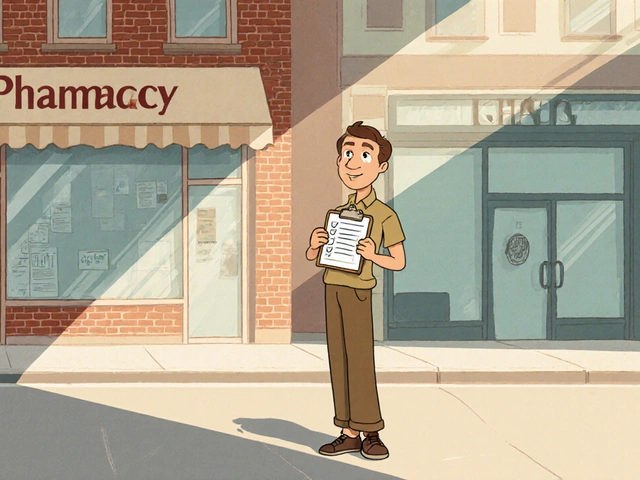Benzoyl Peroxide: How to Use It for Acne That Won’t Quit
If your acne routine stalls, benzoyl peroxide (BP) is one of the few over-the-counter ingredients that actually kills acne bacteria and helps clear pores. It’s cheap, effective, and found in cleansers, gels, creams, and spot treatments. But used wrong, it dries skin, bleaches fabric, or irritates. Here’s a clear, practical guide so you get benefits without the mess.
Benzoyl peroxide works by releasing oxygen into pores, which reduces the acne-causing bacteria that thrive without oxygen. It also helps loosen plugged follicles so breakouts resolve faster. Common concentrations are 2.5%, 5%, and 10%. Lower strengths often work as well as higher ones but cause less irritation—start low and only increase if needed.
How to use benzoyl peroxide the smart way
Start slow. Use a pea-sized amount for your entire face when trying a new BP product. If you’re using a gel, apply a thin layer to clean, dry skin once every other night for the first week. If your skin tolerates it, move to nightly. For spot treatment, apply only to the blemish area once daily at first. Typical full-face use is once or twice daily depending on tolerance.
Where to put it in your routine: after cleansing and drying, apply BP, wait a minute, then follow with a moisturizer. If your moisturizer is greasy or heavy, your skin may react more. Always use sunscreen in the morning—BP can increase sun sensitivity indirectly by irritating the skin.
Want faster results? Try a combination that’s proven in practice: BP + topical retinoid or BP paired with adapalene (some prescription and OTC combos exist). Avoid using BP at the exact same time as tretinoin if you don’t have a product formulated for both—one can oxidize or increase irritation. If you’re on oral acne meds like isotretinoin or oral antibiotics, tell your dermatologist before adding strong topicals.
Side effects, precautions, and practical tips
Expect some dryness, redness, and flaking at first. Reduce frequency or switch to a lower percentage if irritation persists. Do a patch test on your inner forearm before using it on the face. Don’t use BP on open wounds or near eyes and mouth. It bleaches towels, pillowcases, and hair—launder linens separately and avoid contact with colored fabrics.
Pregnancy and breastfeeding: BP is generally used topically and is considered low risk, but check with your healthcare provider if unsure. If breakouts don’t improve after 8–12 weeks, or if you develop severe irritation, see a dermatologist. They can recommend a tailored plan—sometimes switching to a different active or adding prescription options is the fastest route to clearer skin.
Practical takeaway: start with 2.5% once daily, moisturize, be patient for 6–12 weeks, and protect your linens. When used correctly, benzoyl peroxide is one of the most reliable tools for getting acne under control.
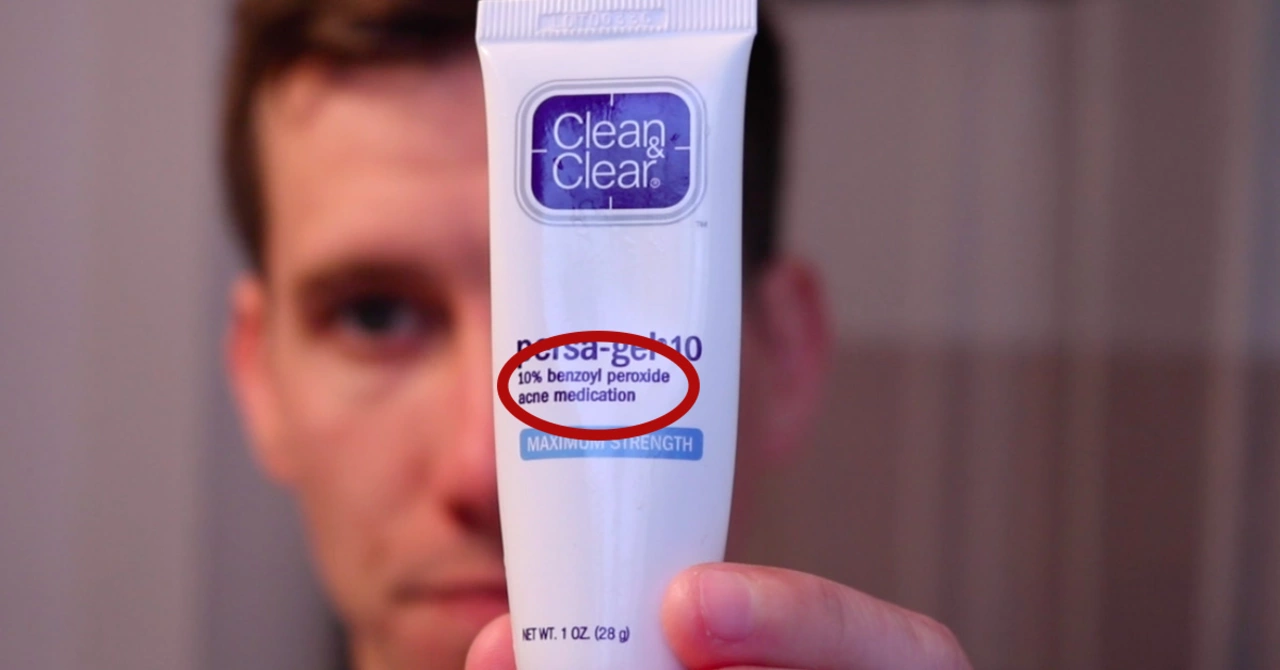
Benzoyl Peroxide: An Ingredient to Avoid for Rosacea Sufferers?
I recently came across some information about benzoyl peroxide and its effects on rosacea sufferers. It turns out that this popular acne-fighting ingredient might not be the best choice for those with rosacea. Benzoyl peroxide can cause skin irritation and dryness, which may lead to an increase in rosacea flare-ups. Instead, experts recommend using gentle, non-irritating ingredients that help soothe and calm the skin. So, if you have rosacea, it might be a good idea to avoid benzoyl peroxide and opt for more gentle skincare products.
Read More
